The skies of Georgia come alive each spring and summer with the elegant gliding of the swallow-tailed kite. These birds are not just a visual spectacle; they represent a fascinating intersection of biology, ecology, and grace. This article delves into why the swallow-tailed kites are regarded as some of the most graceful flyers and explores various aspects of their behavior and characteristics that contribute to their aerial elegance.
The Swallow-Tailed Kite: A Brief Introduction
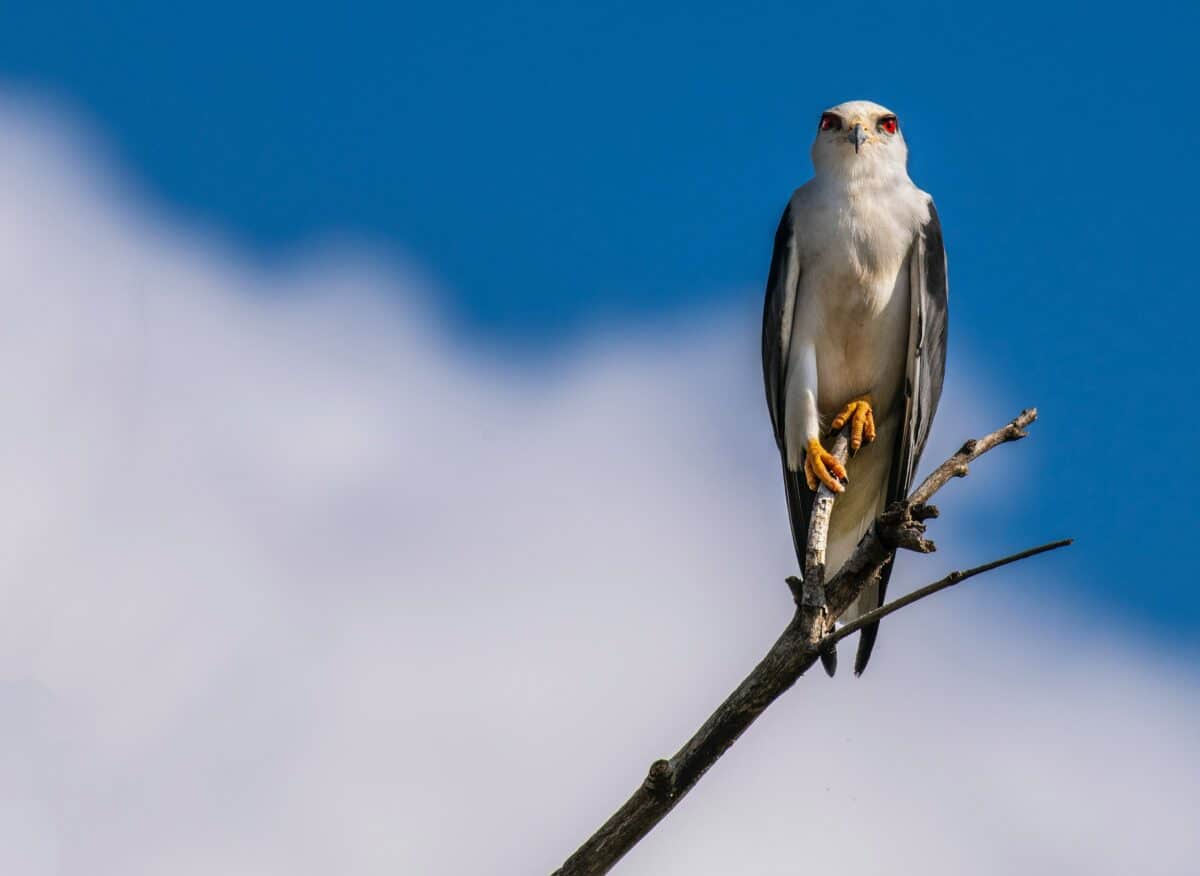
Found primarily in the Southeastern United States, the swallow-tailed kite is a striking bird, recognized by its stark black-and-white plumage and deeply forked tail. These raptors engage bird watchers and nature enthusiasts alike, not just because of their beauty, but also due to their masterful aerial maneuvers.
Anatomy of a Graceful Flyer
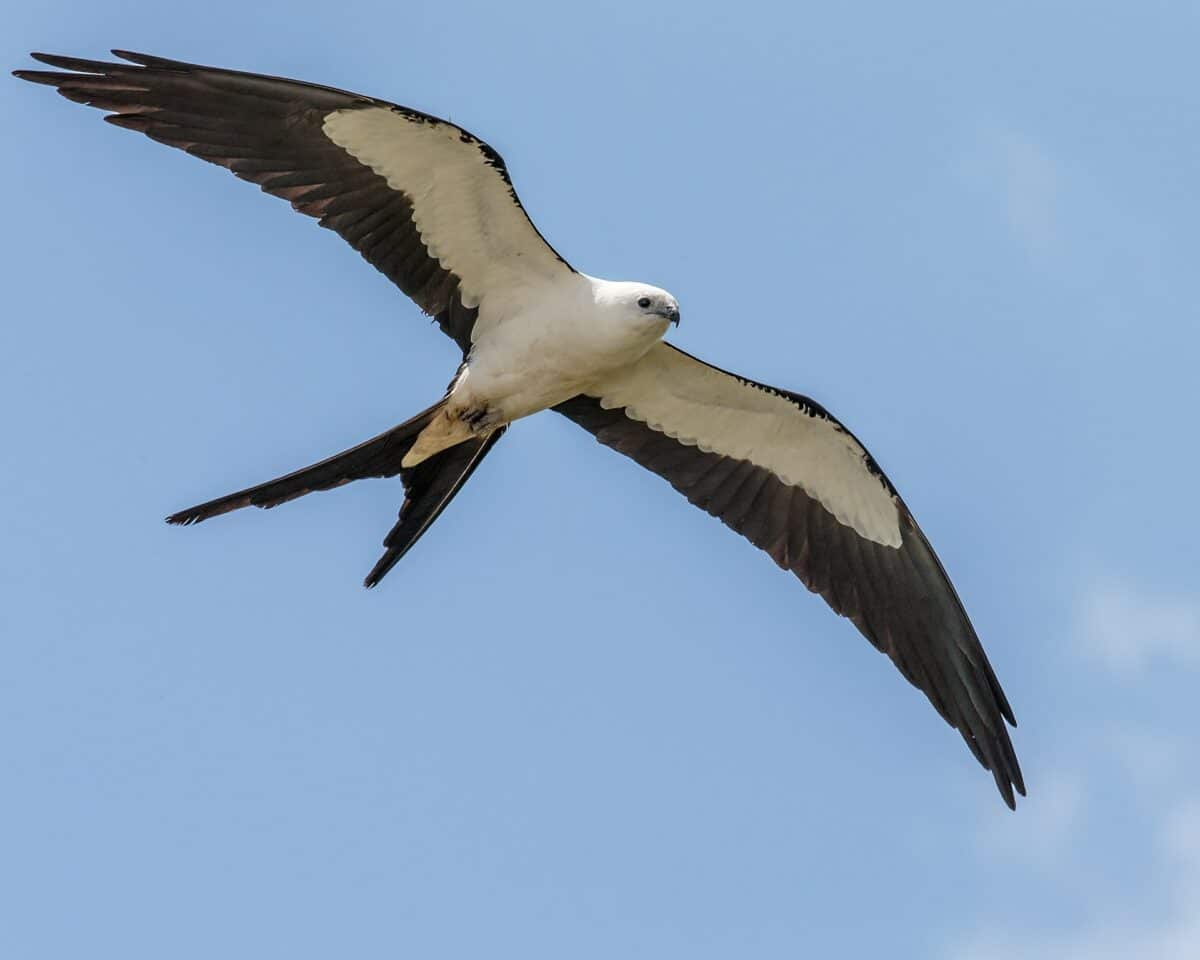
The swallow-tailed kite’s body is designed for flight supremacy. Its long, slender wings and deeply forked tail enable dynamic aerial agility. The lightweight body helps them maneuver with precision and allows them to glide effortlessly through the sky, conserving energy while traveling and hunting.
The Role of Tail Morphology in Flight
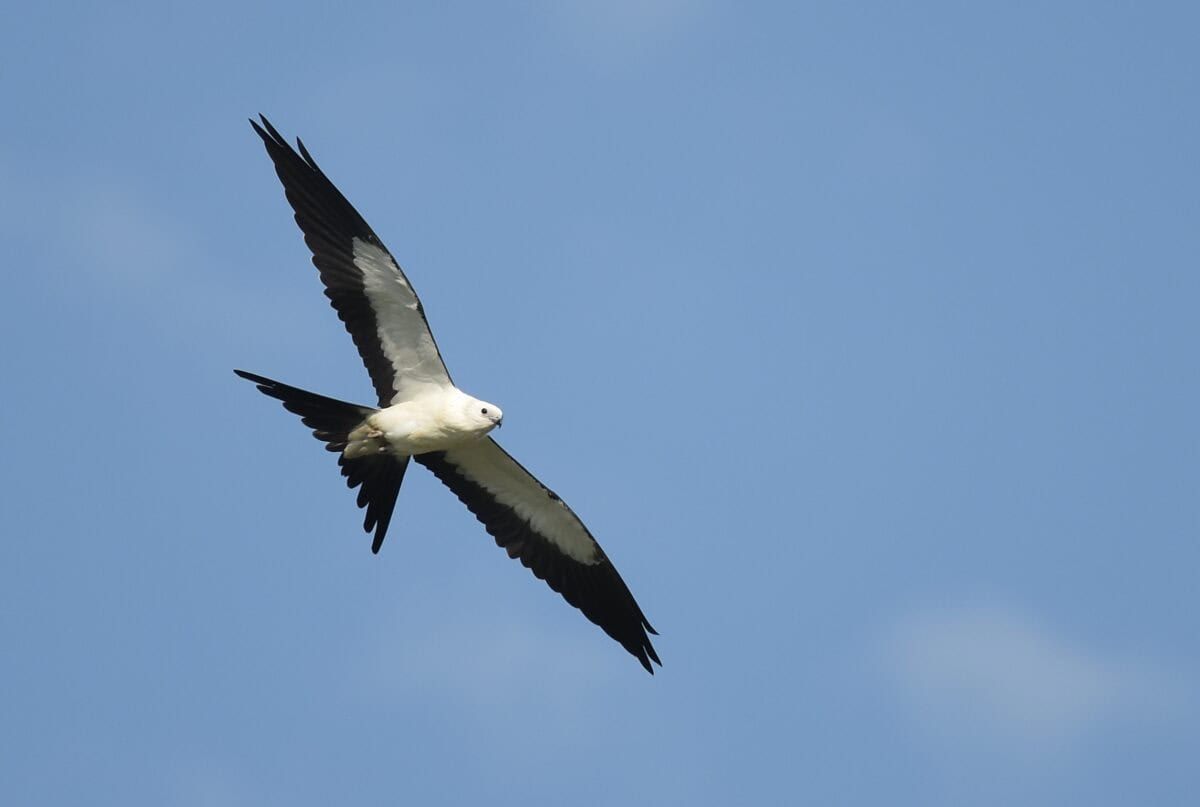
The forked tail of the kite is not just for show; it plays a crucial role in its deft flying ability. This anatomical feature provides excellent stability and control, allowing the bird to make sharp turns and swift chases after prey or evasions from predators. The ability to switch directions quickly in mid-air is a testament to their exceptional flight acumen.
Habitat and Range
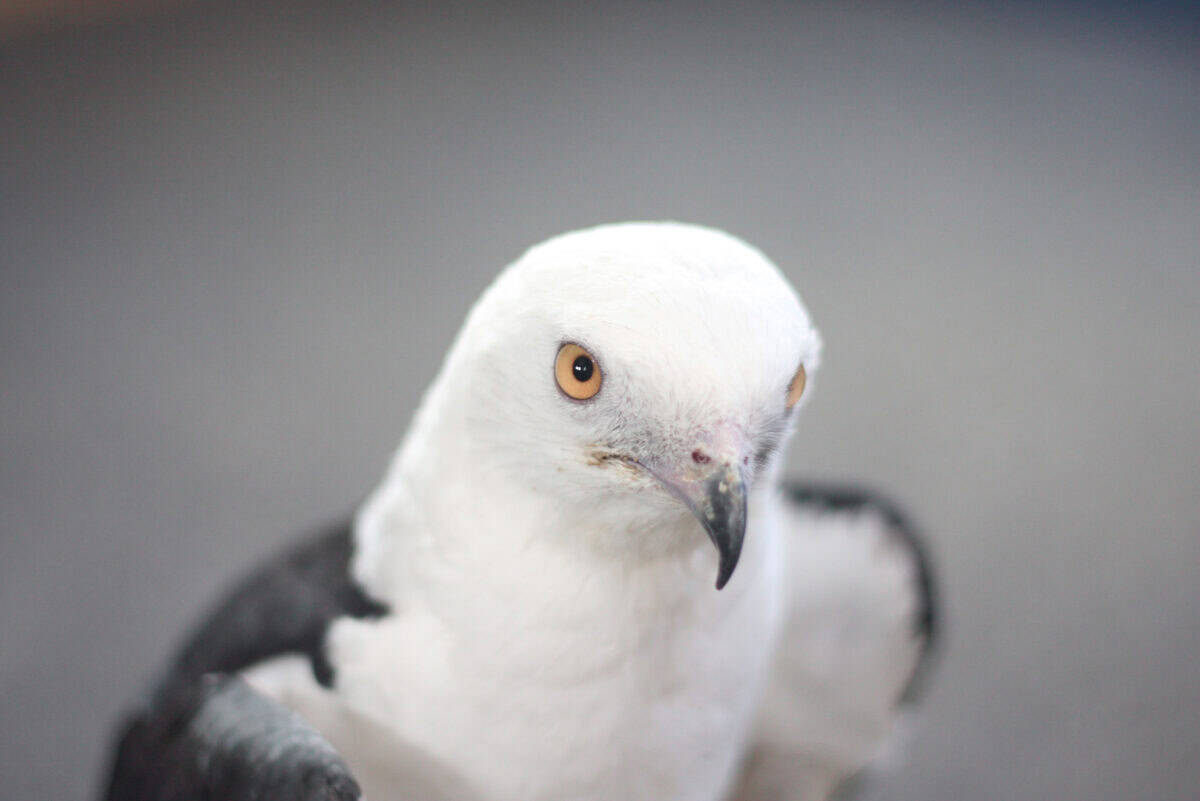
Habitats of the swallow-tailed kite are closely tied to their flying needs. They prefer riverine systems, forests with open canopies, and marshes that provide suitable conditions for soaring and hunting. Georgia, with its rich tapestry of wetlands and woodlands, offers an ideal venue for these birds.
Migratory Patterns: A Long Journey
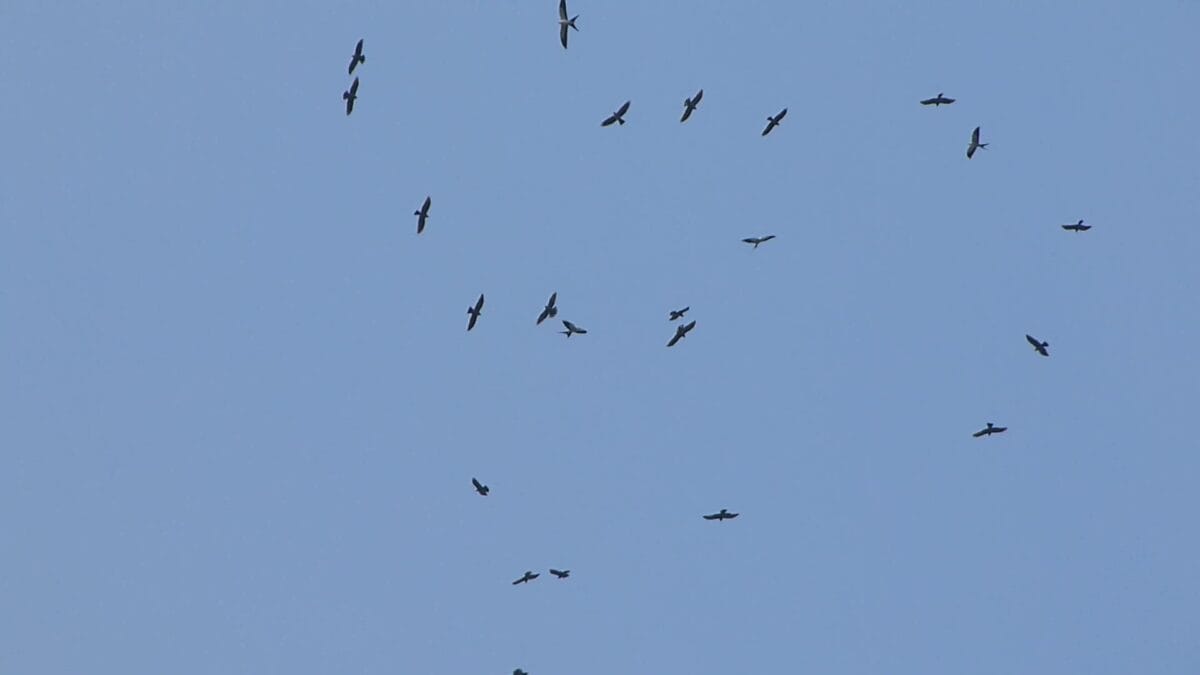
Swallow-tailed kites are known for their long migratory journeys, traveling between the Southern United States and South America. These migrations demand tremendous feats of endurance and flying skills, showcasing the bird’s resilience and capability in long-distance navigation.
Diet and Hunting Techniques
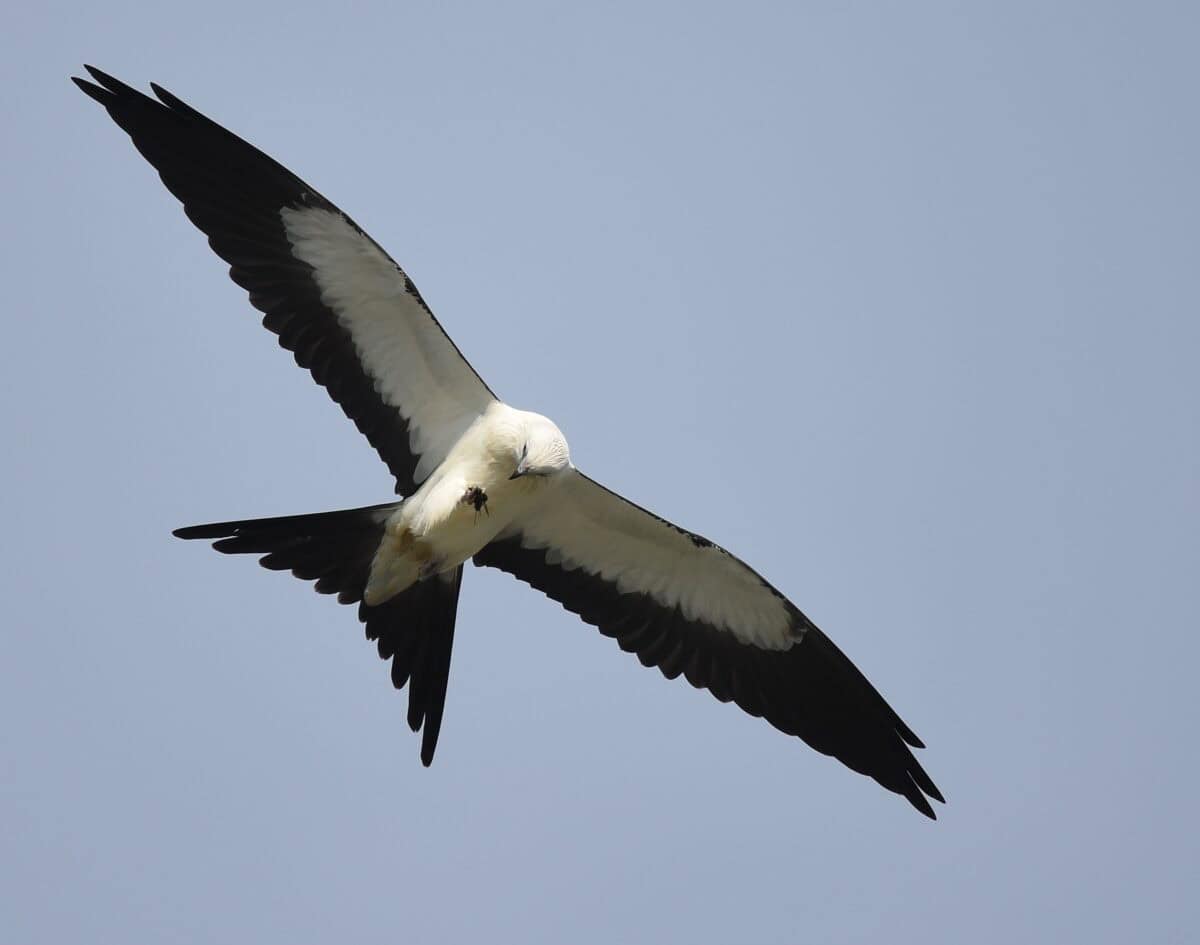
The diet of a swallow-tailed kite largely consists of insects, small reptiles, and occasionally birds. Their hunting technique is an elegant display of aerial prowess. They are known to deftly skim treetops and open areas, picking off prey with surgical precision without breaking their flight path.
Communication and Social Behavior
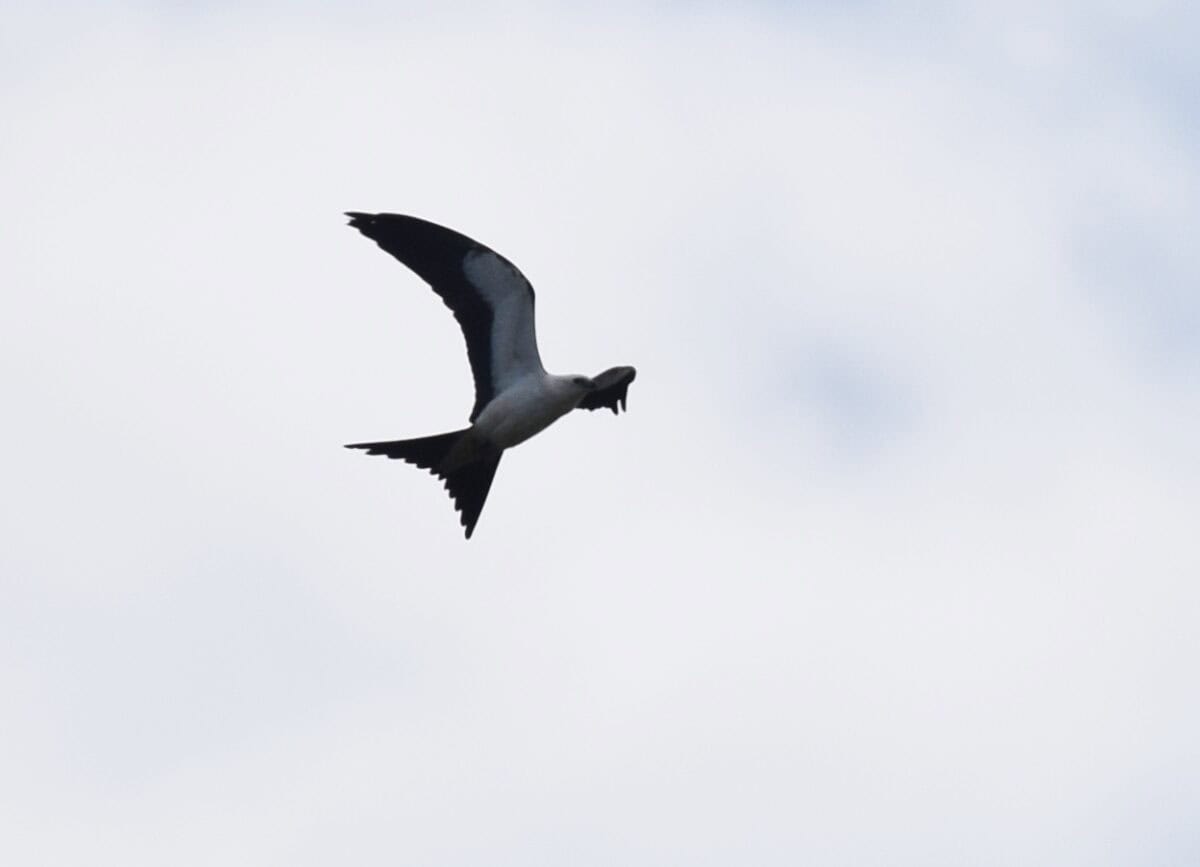
Swallow-tailed kites are social birds, often seen in groups, especially during migration or foraging. They exhibit complex communication behaviors, coordinating movements and engaging in flight displays that are not just functional but also appear almost theatrical.
Breeding and Nesting Habits
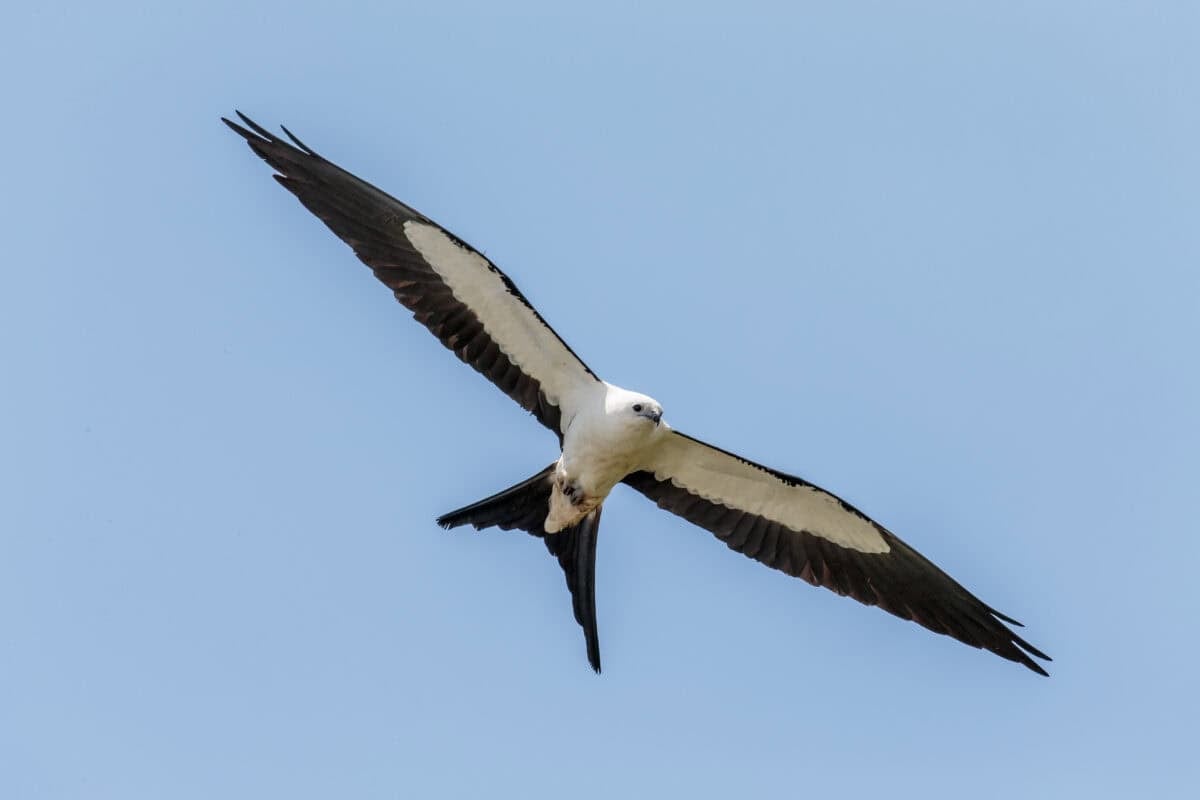
These birds typically build their nests in tall trees, using sticks and twigs to create a platform for laying eggs. The selection of nesting sites often considers proximity to food sources and safe vantage points from which they can launch their flights.
Conservation Status and Threats

While the swallow-tailed kite population is stable in some regions, habitat destruction and environmental changes pose threats. Conservation efforts focus on protecting natural habitats and extending educational outreach about these splendid birds to ensure continued awareness and protection.
Ecological Significance
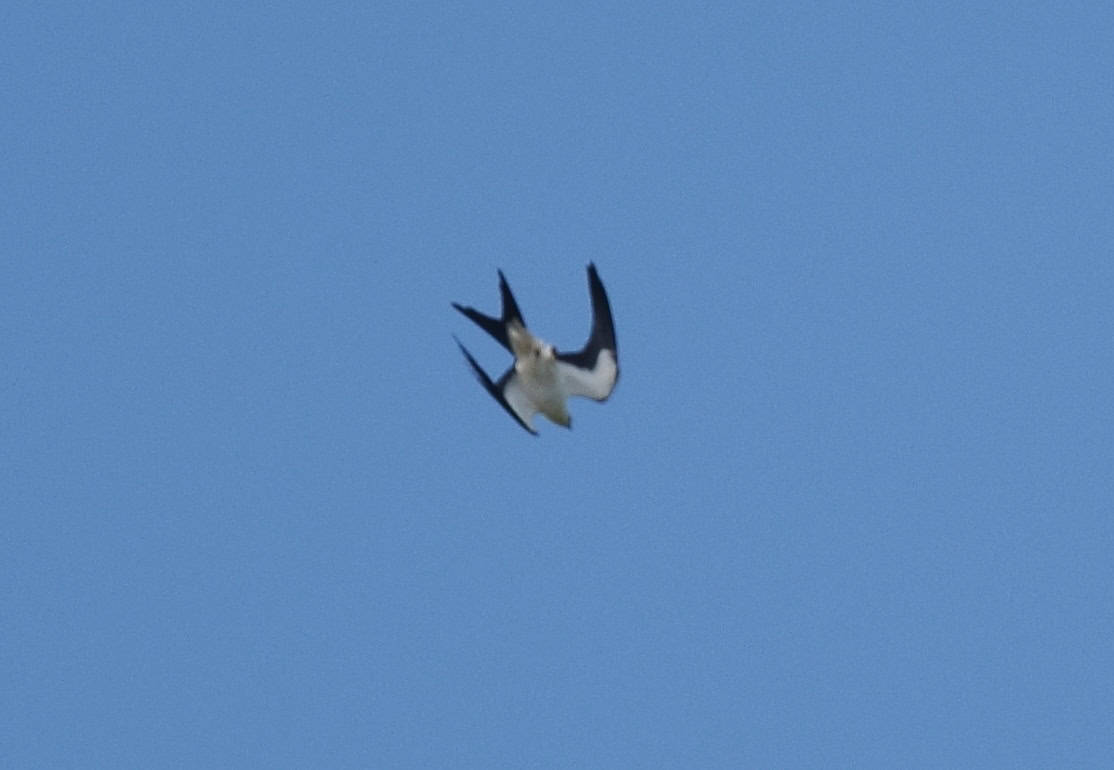
Swallow-tailed kites play a vital role in the ecosystem as predators of various insects and small vertebrates. By controlling these prey populations, they contribute to maintaining a balanced ecosystem which indirectly supports agricultural health and biodiversity.
How to Spot Them in the Wild
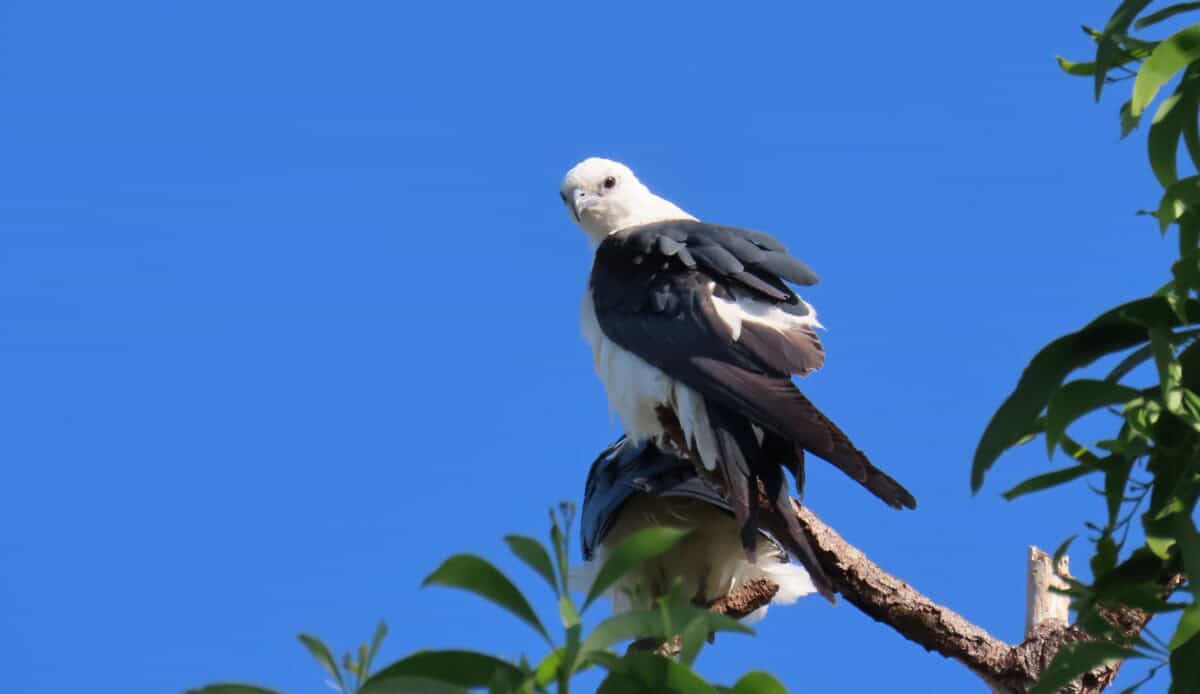
For those eager to witness the aerial artistry of swallow-tailed kites, observing them during their active months from March to September in Georgia’s river valleys and open woodlands can be rewarding. Equipped with binoculars, patience, and a field guide, birdwatchers can enjoy these birds against the backdrop of Georgia’s expansive landscapes.
Conclusion: The Majesty of the Kites
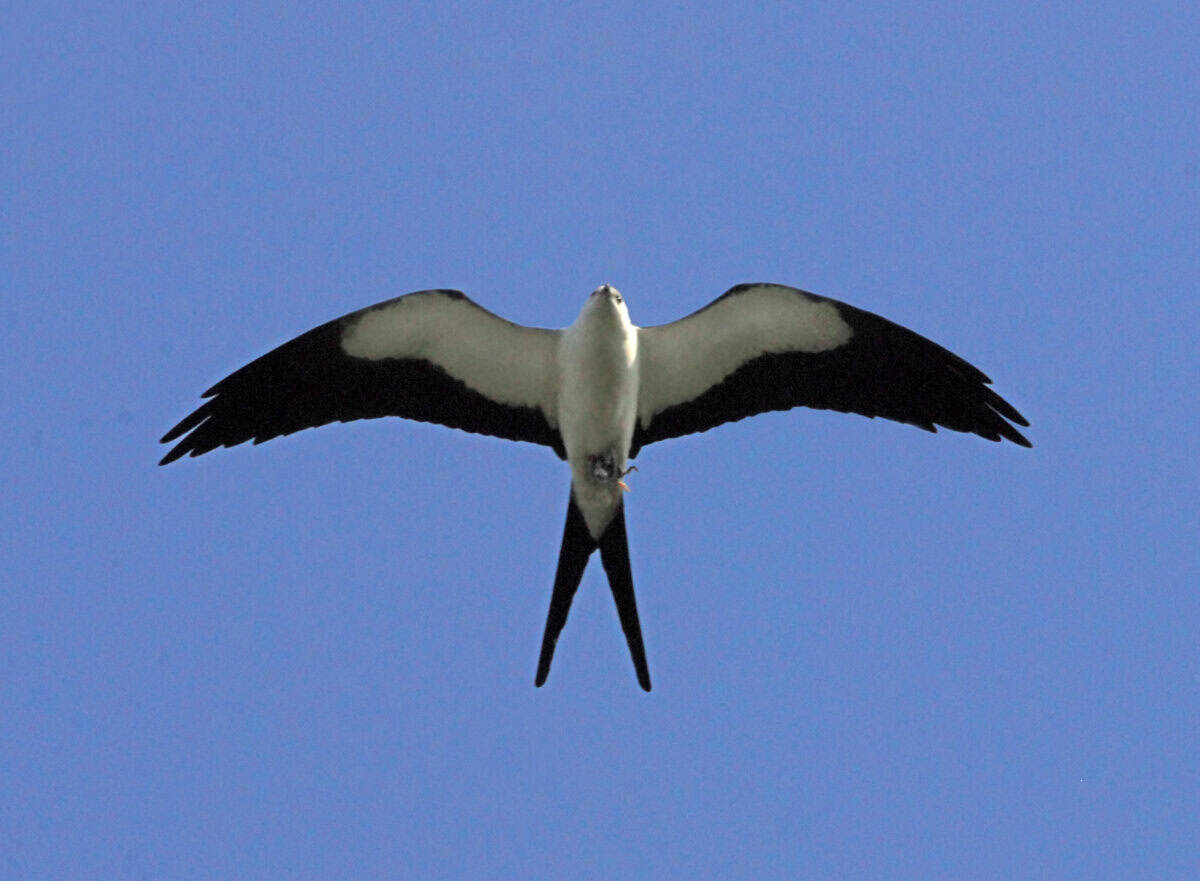
Swallow-tailed kites are indeed among the most graceful flyers, admired for their aerial virtuosity and striking appearance. Their presence in Georgia is a reminder of nature’s boundless grace and the intricate balances that sustain it. Preserving their habitats and supporting conservation efforts can ensure these magnificent birds continue to grace our skies with their stunning displays for generations to come.
- How Penguins Take Turns at Sea and Nest to Raise Chicks - August 9, 2025
- Dolphin Brains Compare to Those of Apes and Humans - August 9, 2025
- 14 Cutting-Edge Biotech Innovations That Will Shape the Future - August 9, 2025
